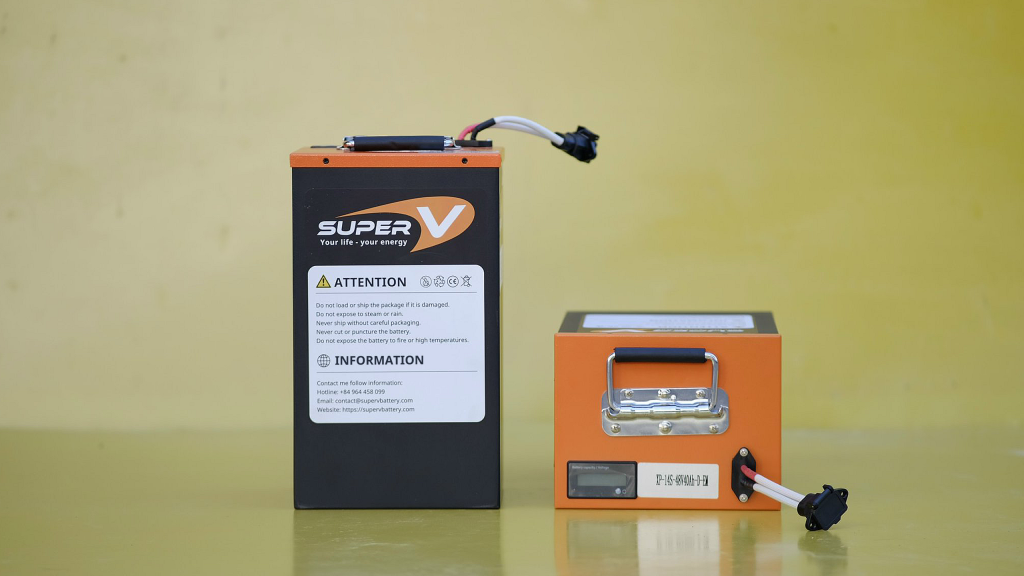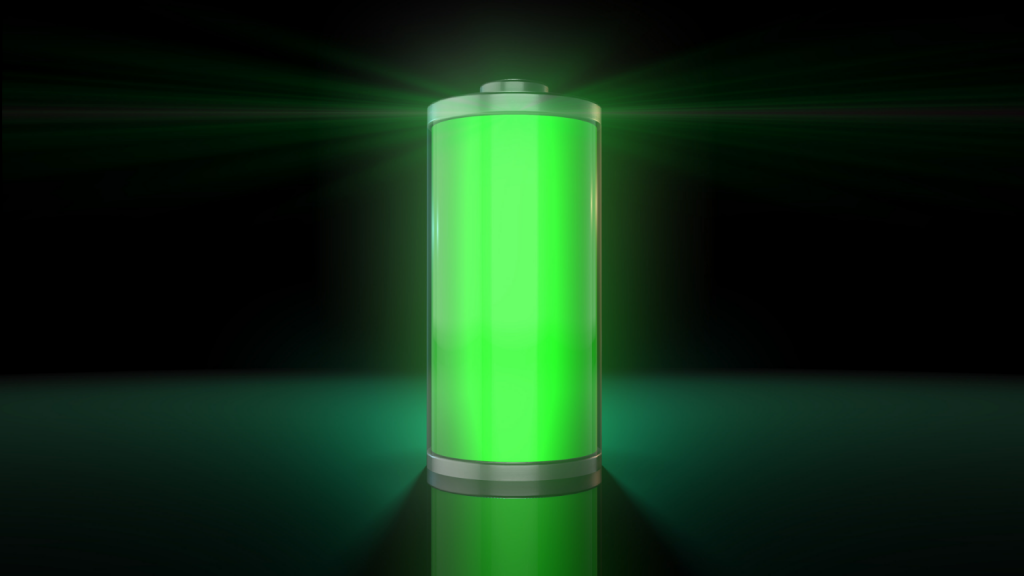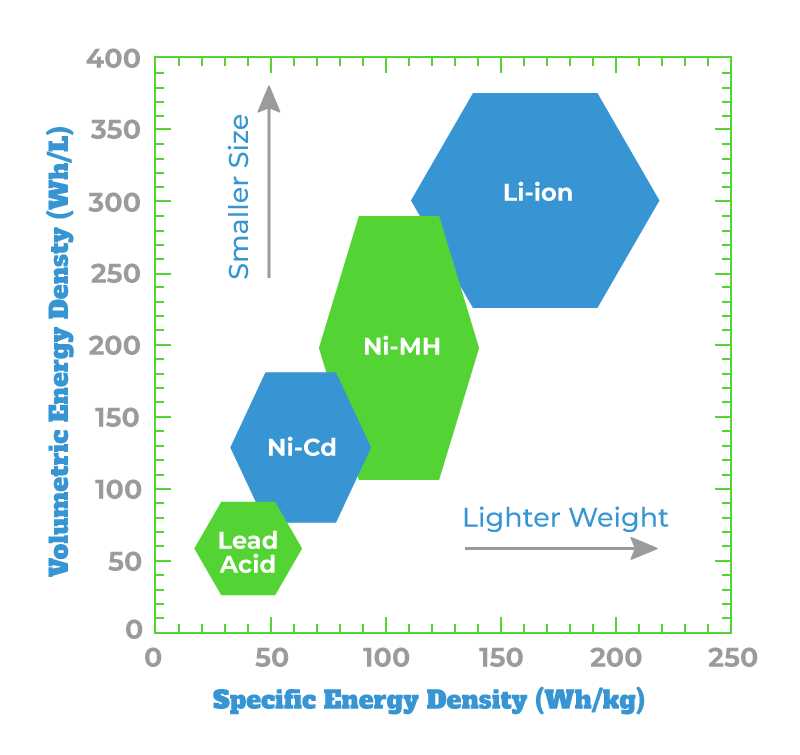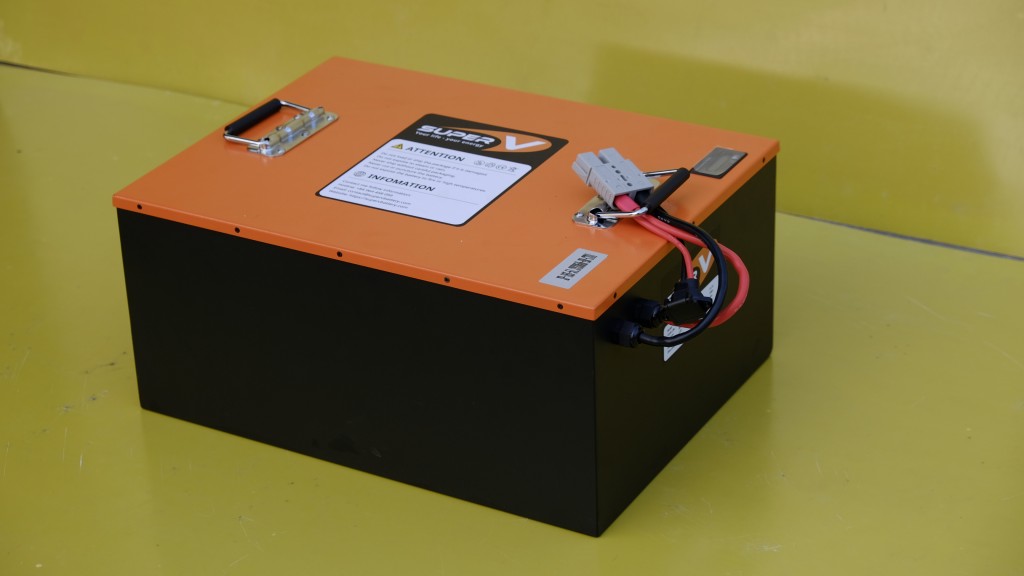Battery energy density refers to the quantity of energy stored in a battery relative to its weight or size. Specifically, we differentiate between specific energy density, concerning weight, and volumetric energy density, concerning size.

For instance, battery energy is quantified in watt-hours (watts per hour, equivalent to using one watt for one hour). Subsequently, we calculate energy density by dividing a battery’s watt-hours (Wh) by its kilograms (weight) or volume (liters).
Hence, the duration a battery can sustain a device relative to its weight or size signifies its energy density.
Why Does Battery Energy Density Matter?
Battery energy density is pivotal because higher energy density enables batteries to sustain a charge for extended periods relative to their size. Consequently, high energy density batteries prove invaluable when space is limited, yet substantial energy output is required. Handheld electronic devices exemplify this scenario.

Consider the advantages of energy density: Would you prefer a compact, lightweight battery that delivers prolonged power or a bulky battery occupying ample space but providing minimal energy?
Typically, the former scenario is preferable, underscoring the significance of high energy density in our world.
Energy Density vs. Power Density in Batteries

Energy density and power density are easily conflated due to their similarities. Both metrics gauge an electrical attribute of a battery vis-à-vis its weight. Nevertheless, energy density and power density diverge significantly: while battery energy density measures watt-hours (Wh) per kilogram (kg), power density quantifies watt output per kilogram.
This distinction underscores the disparity between power delivery speed and energy capacity.
What Are the Benefits of Using Batteries with High Energy Density?
Batteries boasting high energy density have revolutionized portable technology. Enhanced energy capacity facilitates the integration of efficient batteries into compact spaces, enabling long-lasting performance in handheld electronic devices.

Additionally, high energy density batteries are notably lightweight compared to their predecessors. Imagine carrying a 5 lb iPhone or a 10 lb tablet!
Moreover, heightened energy density permits the incorporation of substantial energy into larger mobile devices like cars, aircraft, machinery, and robotics.
What Are the Risks of High Energy Density?

Elevated energy density in batteries entails heightened risk in case of malfunction. The volatile nature of liquid electrolytes found in lithium-ion batteries poses a fire hazard, necessitating built-in safety features that limit their compactness and weight.
Consequently, higher battery energy density corresponds to increased potential danger, constraining further advancements.
What Battery Currently Has the Highest Energy Density?
Undoubtedly, lithium-ion batteries lead the pack in energy density. Their innovation has revolutionized energy consumption and portability. Lithium-ion batteries boast energy densities ranging from 260-270 Wh/kg, surpassing lead-acid batteries, which range from 50-100 Wh/kg.

Advancements in lithium-ion battery chemistry over the past decade, particularly in anode and cathode materials, have facilitated experimentation to manipulate energy density and power output. The lithium cobalt-oxide battery stands out for its exceptional energy density, owing to its use of cobalt oxide as the cathode and graphite carbon as the anode.
→ Suggested Reading: Anode vs. Cathode: What’s the Difference?
Overcoming Limits: Solid-State Batteries
As lithium-ion battery advancements approach their zenith, the future of battery technology pivots towards solid-state batteries.
Unlike lithium-ion batteries with liquid electrolytes, solid-state batteries mitigate safety concerns associated with volatility and instability. Solid-state batteries boast a 2.5-fold higher energy density compared to current lithium-ion batteries, alongside faster charging times and reduced safety risks.
While solid-state batteries remain nascent, their potential to revolutionize battery technology looms large.

That’s Why It Matters
Battery energy density underpins considerations regarding size, duration of power supply, and safety. It has been instrumental in driving battery innovations, notably the popularity of lithium-ion batteries. Chemists and engineers are diligently striving to develop safe, resilient batteries with high energy density, with promising prospects in solid-state battery chemistry. The future heralds new frontiers in lithium battery technology, with Dragonfly Energy at the forefront of solid-state battery advancements.
Do you have any inquiries regarding energy density and the future of batteries? Feel free to share them in the comments section below!


